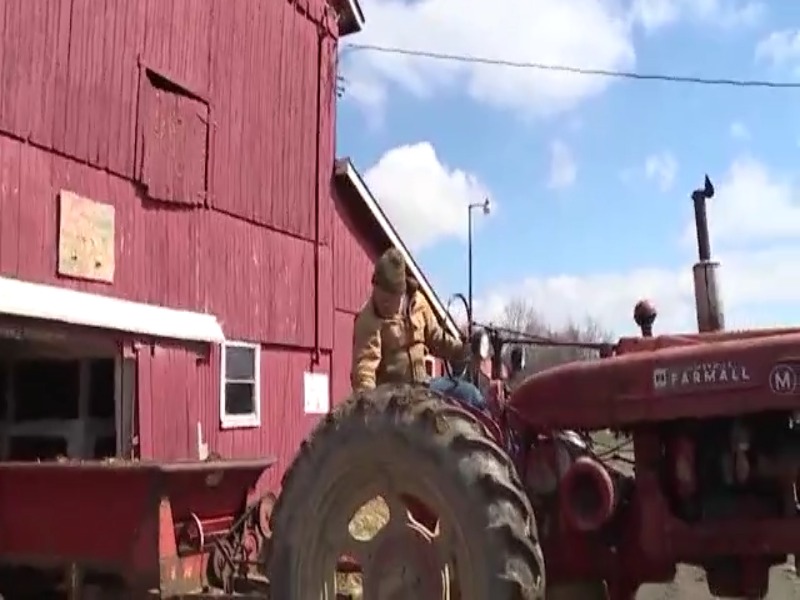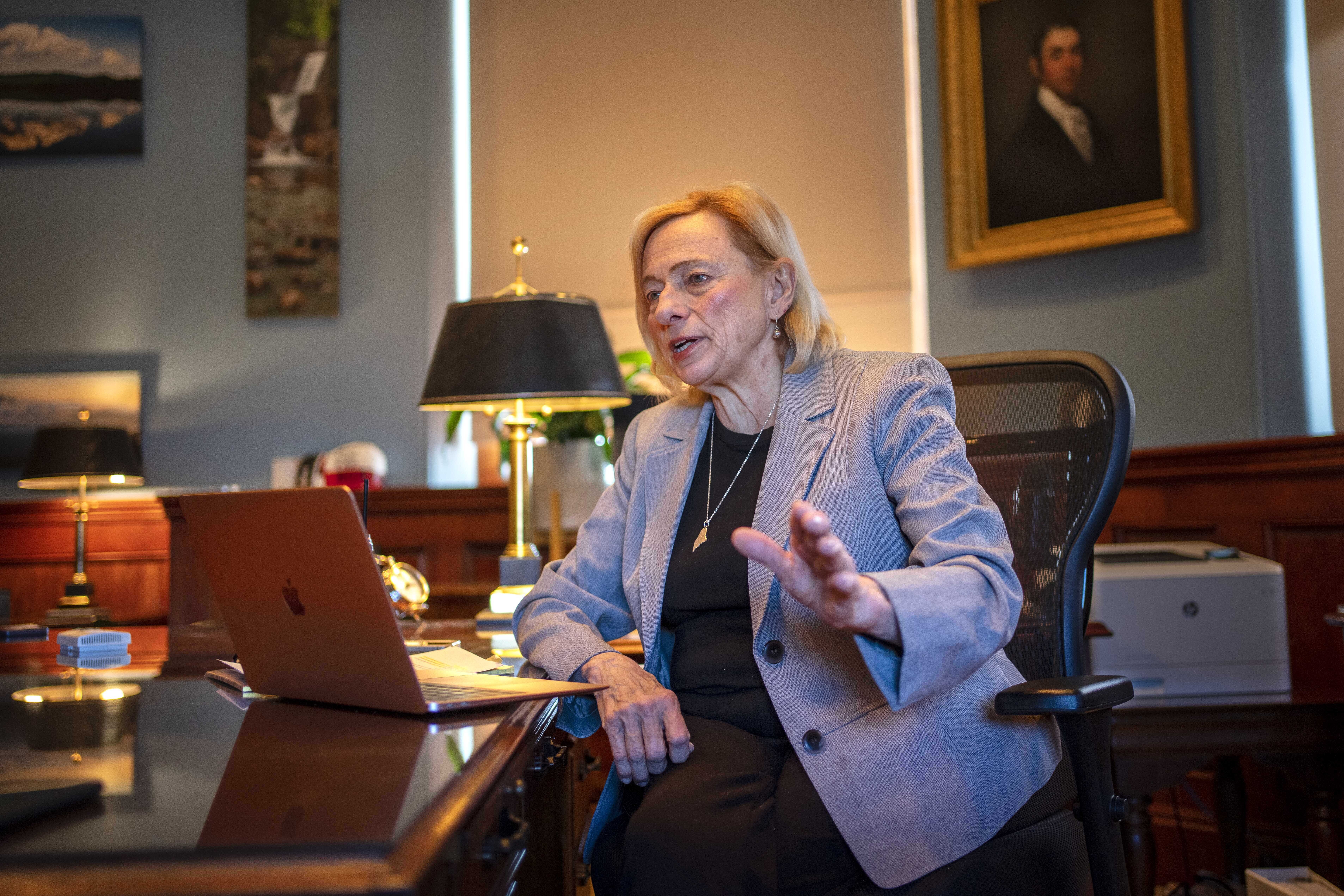FRONTON, Texas (BorderReport.com) — River Road, a dirt road leading from a windy bluff in the tiny unincorporated town of Fronton, in far western Starr County, has for years led locals to the Rio Grande.
But construction of a border wall here, which U.S. Customs and Border Protection have announced as part of 52 miles to be built in Starr County, would wall off this area making it inaccessible to locals.
And it is most likely that the smaller, unincorporated communities within Starr County — those with the least political representation and tax base — that will be the first to see the construction of a wall. That is because federal guidelines make it much easier for construction to begin in unincorporated areas where they do not have to consult with local officials.
“CBP has announce plans for construction just east of Salineno, and west of Escobares, and so we are pretty much in between those two towns,” Jonathan Salinas, a member of No Border Wall coalition and who serves on the executive board of the Lower Rio Grande Valley Sierra Club told Border Report on Friday as he explored the area with a Border Report correspondent. “This is pretty close on the edge of border wall construction.”
Peace and quiet disturbed
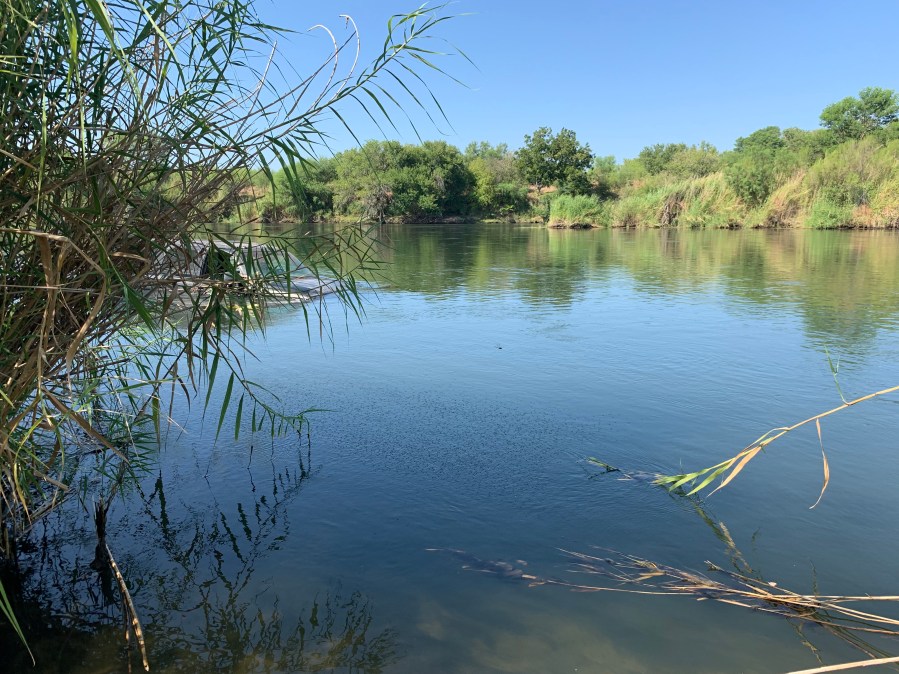
This particular bend in the river — about as wide as a football field and fairly deep — is where U.S. Border Patrol agents on Aug. 9 were shot at from the Mexican riverbank. A news release from CBP said “agents saw four subjects with automatic weapons who shot over 50 rounds at them.”
There is no more information about the incident and it’s unclear if the attack was in response to plans to wall off this area.
On Friday, Carrizo cane and tall reeds swayed in the breeze in this peaceful stretch of the river, where birds and insects, and likely some snakes, mill about.
A submerged vehicle midway between the two countries was the only indicator that anything out of the norm might have ever happened here.
This part of the river is kind of like the town of Fronton: Not much to it. It’s peaceful, quiet and keeps toitself.
- A house at the corner of River Road, which leads to the Rio Grande, is seen in Fronton, Texas. (Border Report Photo/Sandra Sanchez).
- The riverbanks of the Rio Grande at Fronton, Texas. (Border Report Photo/Sandra Sanchez).
- The Mexican shoreline is seen from Fronton, Texas. (Border Report Photo/Sandra Sanchez).
- Tracks from an animal can be seen in the sand at the riverbank of the Rio Grande in Fronton, Texas. (Border Report Photo/Sandra Sanchez).
- A house at the corner of River Road, which leads to the Rio Grande, is seen in Fronton, Texas. (Border Report Photo/Sandra Sanchez).
- The riverbanks of the Rio Grande at Fronton, Texas. (Border Report Photo/Sandra Sanchez).
The riverbanks of the Rio Grande at Fronton, Texas. (Border Report Photo/Sandra Sanchez).
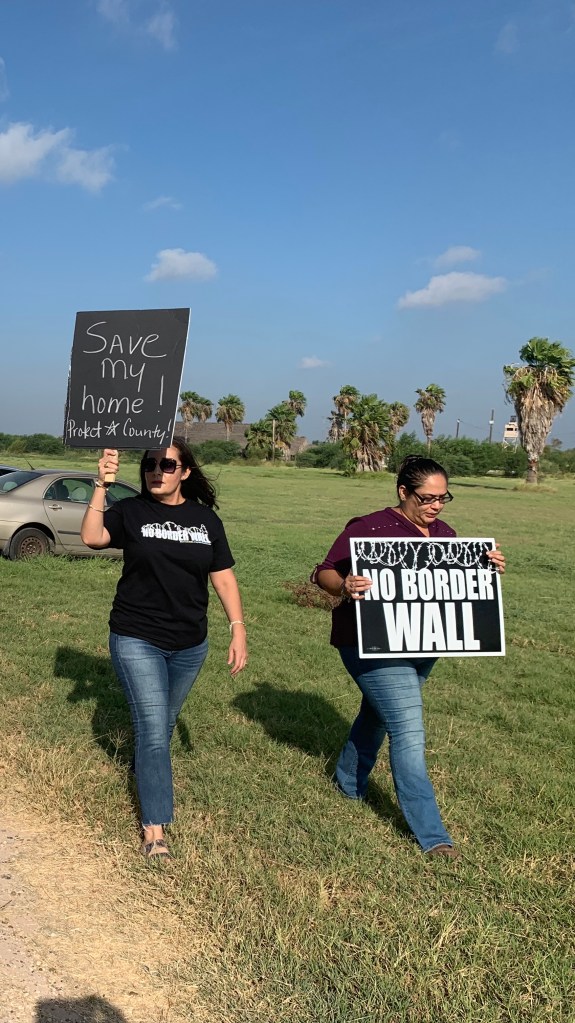
Residents here are leery of strangers. Some, we’re told, have been approached by the federal government about selling their riverfront lands. The going rate starts at $100.
But many residents in Starr County are holding out and refusing to sell.
Naydia Ramirez and her neighbor Yvette Gaytan said they aren’t selling. They also live in an unincorporated area of Starr County a few miles to the east.
“I could lose my home over this. Mind you, they have a border wall map that runs through the whole county and nobody stepped on my land, her land, my grandparents’ land and yet they are planning a wall,” Ramirez told Border Report on Aug. 11 as she picketed the arrival of House Speaker Nancy Pelosi at the La Lomita Chapel, in Mission, which has been exempted from wall construction.
Not much political clout or sway
All of Starr County eventually would be cut off from the Rio Grande if the Trump Administration’s border wall plans go through. Federal maps show the county’s meandering river border would be entirely blocked off by 52 miles of steel bollard wall measuring 18 to 30 feet high and ringed with a 150-foot-wide enforcement zone that will include a patrol road, floodlights and specialized cameras.
CBP has asked for local input on how a wall would impact communities. They have extended through Aug. 26 the deadline to submit comments online or through mail to U.S. Border Patrol Headquarters, 1300 Pennsylvania Ave. 6.5E Mail Stop 1039, Washington, D.C. 20229-1100
But other than submitting online, Salinas and others who oppose a border wall say locals in unincorporated areas don’t have much say, or political sway. As a result, they believe that these less populated areas of Starr County will be one of the easiest areas for federal officials to begin wall construction.
Under the 2019 federal appropriations bill, which provided funds for the border wall, Congress stipulated that federal officials must “confer” or consult with local community leaders on border wall plans in incorporated areas in Starr County, which include the nearby town of Roma and the county seat of Rio Grande City. But that rule does not apply to unincorporated areas, like Fronton.
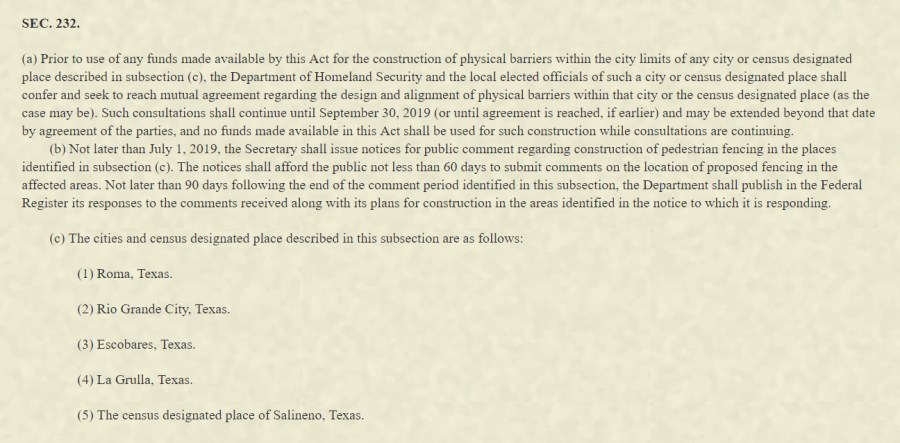
Construction contracts that have, thus far, been awarded and announced by CBP either refer to areas that are federally owned, like the Arroyo Ramirez Wildlife Refuge, southeast of Fronton, or unincorporated parts of Starr County. No specific contracts have been announced for areas residing within city limits.
“Federal officials are hearing from local governments on populated urban areas,” Salinas said. “As you can see there aren’t solid plans for the wall in city limits right now.”
